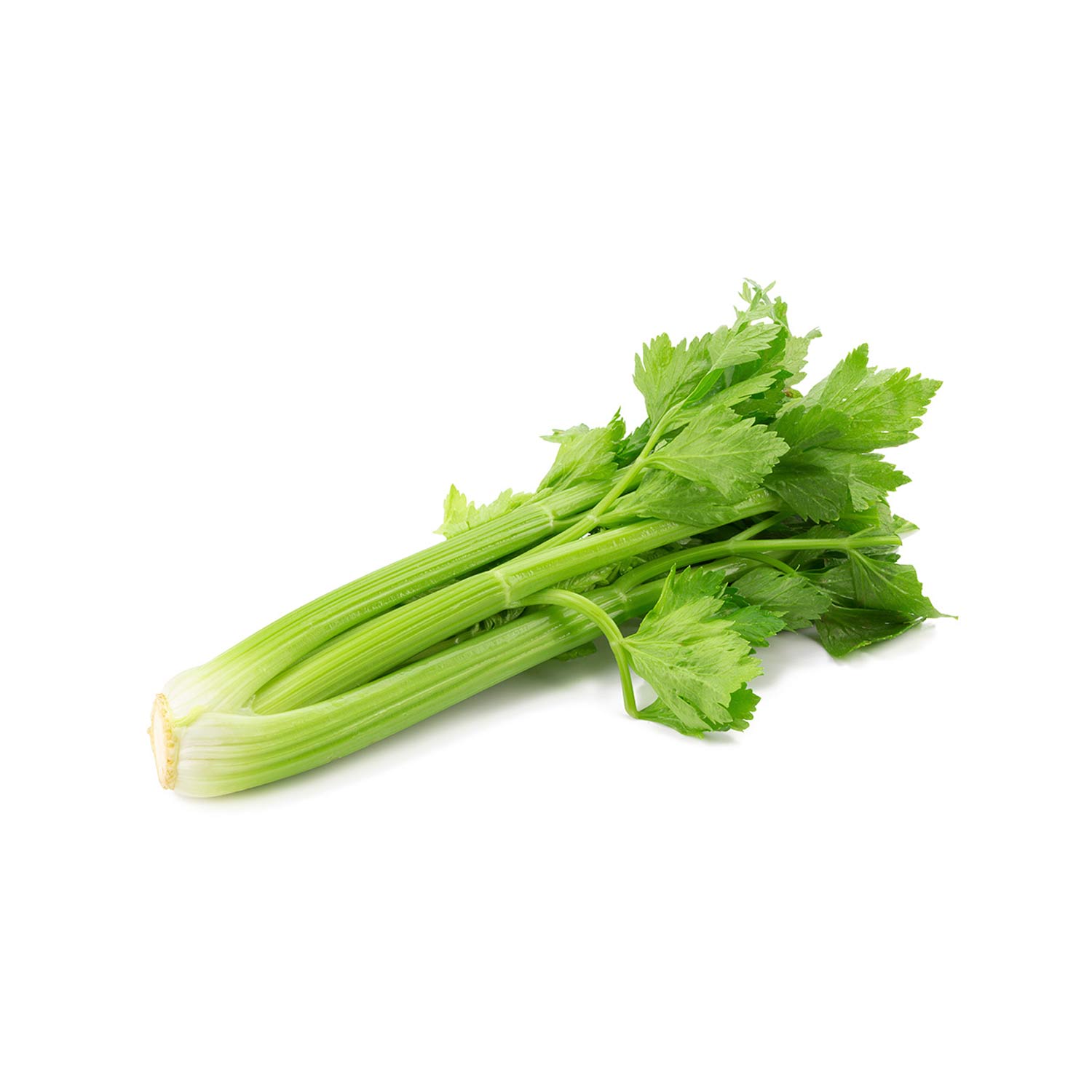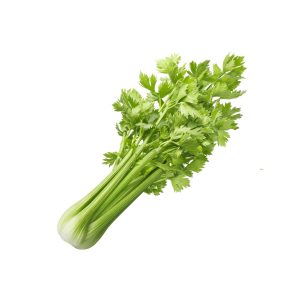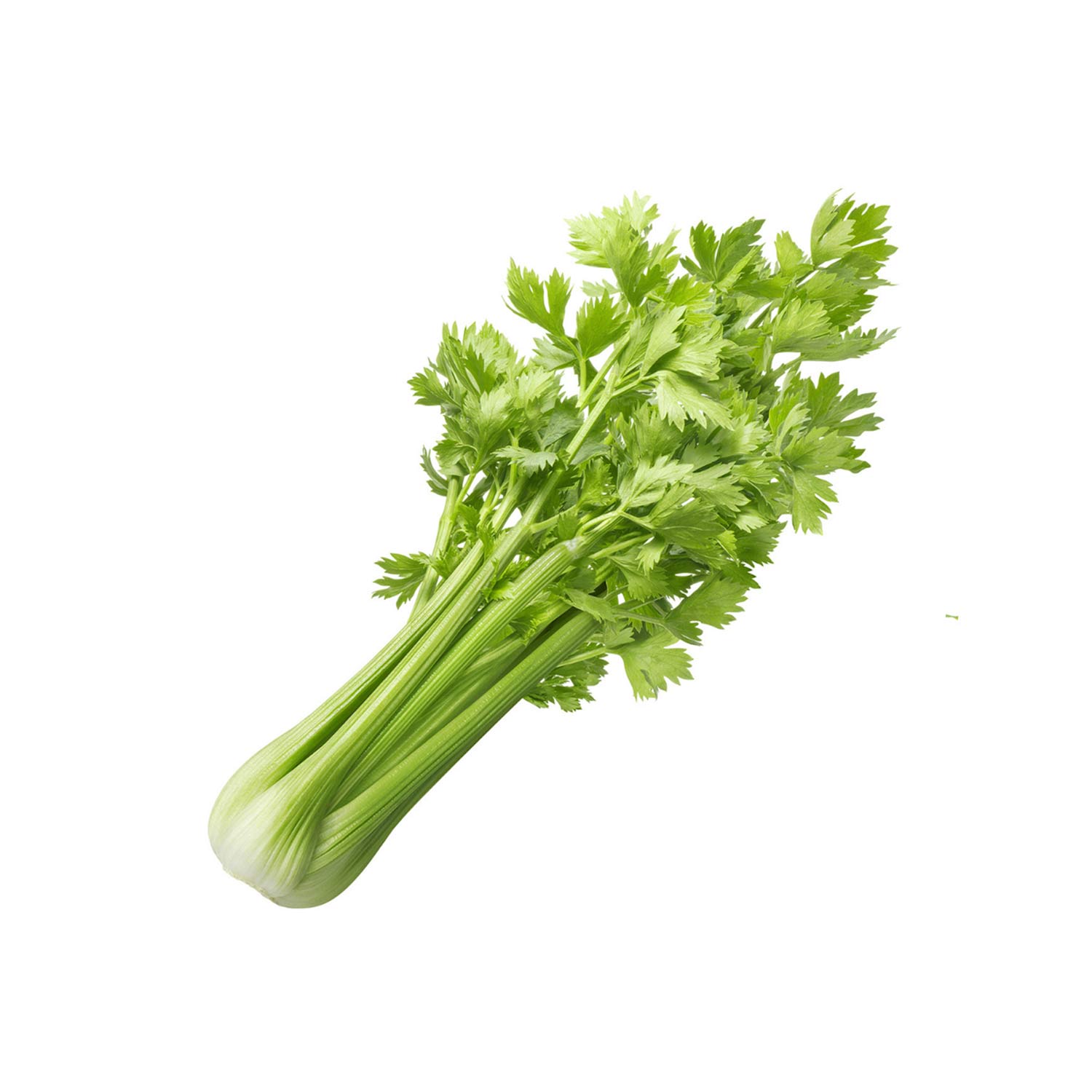A Nutrient-Dense Superfood
Discover the Remarkable Benefits of Celery
Celery, often appreciated for its crisp texture and refreshing taste, is much more than just a crunchy snack. This vibrant green vegetable is loaded with nutrients that can significantly enhance your health. From promoting heart health to aiding digestion and supporting weight management, celery offers numerous benefits. In this article, we’ll explore why celery deserves a place in your diet and how to incorporate it into your meals.The Remarkable Benefits of Celery



Nutritional Profile of Celery
A Low-Calorie, High-Benefit Vegetable
Celery (Apium graveolens) is a low-calorie vegetable with a high water content, making it an ideal choice for healthy eating. In fact, 100 grams of celery provides:
Calories: ~16
Fiber: 1.6 grams — supports digestive regularity
Vitamin K: ~30% of the recommended daily intake — essential for blood clotting and bone health
Vitamin C: Helps strengthen the immune system and skin health
Potassium: Vital for regulating blood pressure and maintaining heart function
Thanks to its impressive nutrient profile, celery fits seamlessly into any balanced diet.
Health Benefits of Celery
Why Celery is More Than Just a Crunchy Snack
1. Supports Digestive Health
First and foremost, celery is rich in dietary fiber, which is crucial for a well-functioning digestive system. Fiber promotes regular bowel movements and helps prevent constipation. Furthermore, the high water content in celery aids hydration, which is essential for healthy digestion.
2. Aids in Weight Management
Because celery is both low in calories and high in water, it can help you feel full without overeating. Therefore, adding celery to snacks or meals may assist in controlling hunger and reducing overall calorie intake. Whether eaten raw or cooked, it’s a smart addition for anyone watching their weight.
3. Reduces Inflammation
Celery contains powerful antioxidants, including flavonoids and vitamin C, that help combat inflammation. In turn, this can lower the risk of chronic conditions like arthritis, heart disease, and certain cancers. Regularly consuming celery may contribute to reduced oxidative stress and better long-term health.
4. Promotes Heart Health
Due to its potassium content, celery helps balance sodium levels in the body. This action supports normal blood pressure and may reduce the risk of hypertension. Additionally, the fiber in celery helps lower bad cholesterol, while antioxidants protect against arterial damage, making it a heart-smart choice.
How to Incorporate Celery into Your Diet
Simple Ways to Add Crunch and Nutrition
1. Raw Snacks
One of the easiest ways to enjoy celery is raw. For example, pair celery sticks with hummus, peanut butter, or cream cheese. This combination not only satisfies cravings but also delivers a mix of fiber, protein, and healthy fats.
2. In Salads
Chopped celery adds a satisfying crunch to salads. It blends well with both leafy greens and hearty grains, offering a subtle flavor and additional nutrients to your dish.
3. In Soups and Stews
Celery is a classic base ingredient for many soups and stews. Typically, it’s sautéed with onions and garlic to create a flavorful foundation before adding other ingredients. Its texture and flavor enhance the overall dish.
4. In Smoothies
Although not as common, celery works surprisingly well in smoothies. Try blending it with apples, pears, or cucumbers for a hydrating, nutrient-packed drink. Not only does it boost your vitamin intake, but it also adds a light, refreshing note to your beverage.
Final Thoughts
Celery may not be the flashiest vegetable, but it’s undeniably powerful. Whether you’re looking to support digestion, manage your weight, or promote heart health, celery offers essential nutrients with minimal calories. Because of its versatility, it can be added to a wide range of meals—from snacks and soups to salads and smoothies. So next time you plan your meals, consider reaching for this green superfood.





